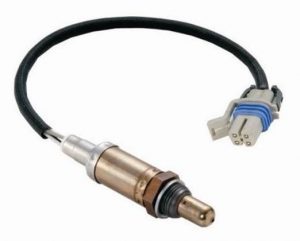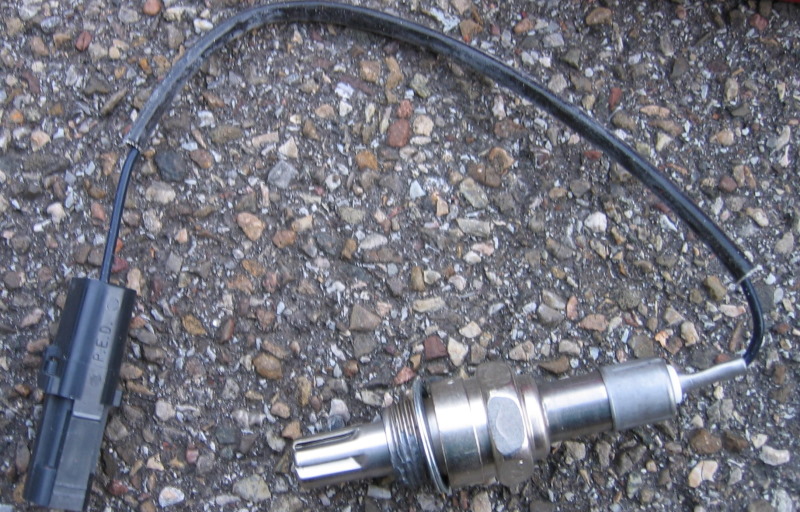Grimmer Motors offers oxygen sensor diagnostics, repair, and replacement for your vehicle in Hamilton.
What does the Oxygen Sensor do?

Traditional petrol engines use a mixture of air and fuel to create combustion in the engine. This creates the energy needed to power the car. The purpose of your car’s oxygen sensor (or O2 sensor) is to measure how rich (low in oxygen) or lean (high in oxygen) the air/fuel mixture is as in your vehicle’s engine. It then sends this information to your car’s built-in computer, which adjusts fuel intake levels for optimum economy and engine performance.
Non-Gasoline Direct Injection (GDI) engines need an air/fuel ratio of 14.7:1
Unless your car was manufactured before 1980, it will have at least one oxygen sensor located near the catalytic converter in the exhaust pipe or exhaust manifold. Some vehicles have four (or more) oxygen sensors distributed around the vehicle. Incorrect oxygen levels will trip the O2 sensor, causing a Check Engine Light to be displayed on your car’s dashboard. There are many different causes of a tripped oxygen sensor (O2). These include:
- Faulty/worn spark plugs or other ignition components that stop the air/fuel mixture from igniting.
- Engine Computer believes there is not enough air entering the engine. This can be caused by things such as a dirty air filter or damaged mass airflow sensor, or an air leak on the intake manifold side.
- Not enough fuel entering the engine. This can be caused by a damaged fuel pump, blocked fuel injectors, incorrect fuel injection signals or a partially blocked fuel filter.
- Lead in the petrol or silicon used for engine gaskets can also cause damage to your Oxygen Sensor.
- Any other issue that affects the engines air-fuel ratio such as dirty fuel, engine oil overfilled, damaged PCV valve, and many more
A properly functioning oxygen sensor will detect the results of the above problems in the air/fuel ratio, and often store a fault/trouble code in the Engine Computer (that can be read by mechanics). At the same time turning on the Check Engine Light
It is very important to correctly diagnose oxygen sensor faults to determine if the oxygen sensor itself is faulty or some other external component that is causing the air-fuel ratio to be rich or lean making the oxygen sensor readings abnormal.
Faulty Oxygen Sensor Replacement in Hamilton
Over time, the oxygen sensor can lose effectiveness, resulting in less accurate readings. Because of this, your car’s air/fuel mixture will change, causing higher fuel consumption, rough idling, and misfires. These problems can become worse when not attended to, causing expensive damage to your exhaust and engine. If the oxygen sensor is faulty, a check engine warning light will often appear on your dash. You should get this warning diagnosed as soon as possible to avoid further damage to your vehicle.
At Grimmer Motors we can run advanced diagnostic scans on your vehicle, determining if your oxygen sensor is faulty and diagnosing the difference between other factors causing the air-fuel ratio to be incorrect and a faulty oxygen sensor. We can then provide hassle-free oxygen sensor replacement services to keep your engine healthy.
If you feel that your vehicle is using more fuel than normal, idling roughly, surging or the check engine light is on, bring it to Grimmer Motors for a friendly, quick accurate, and trust worth diagnosis and repair from qualified, skilled, and experienced mechanics.

